Izospan S: properties and purpose
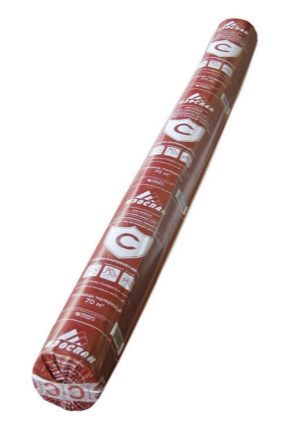
Izospan S is widely known as a material for construction and for creating reliable hydro and vapor barrier layers. It is made from 100% polypropylene and is a laminated material with a particularly high density. The range of application of this material is quite wide, therefore, it is necessary to study the Izospan S instructions more accurately and in detail in situations of varying complexity.

Insulation materials
The insulation process requires the protection of the insulation material from moisture. For waterproofing insulation materials, various modern materials are used that have high vapor barrier and waterproofing properties. Izospan belongs to such high-quality materials for waterproofing works. One of the varieties is Izospan S, used for waterproofing when insulating walls, roofs, ceilings and other parts of the house. Izospan film is made of polypropylene fabric.
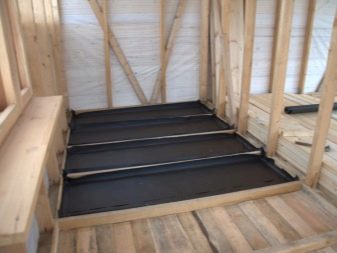
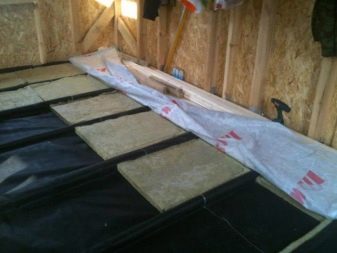
In addition to the Izospan S waterproofing film, other types of films are produced that have not only waterproofing properties, but also act as a heat insulator. Some types of Izospan vapor barrier are suitable for insulation from the interior side. For mounting the Izospan S film, special adhesive tapes are used, which create vapor-tight joints between the film canvases.
In addition to Izospan materials, for insulation bags, films of the Stroizol series are used as waterproofing from the outside, especially in a highly humid environment, for example, multilayer Stroizol has an additional heat-insulating layer.
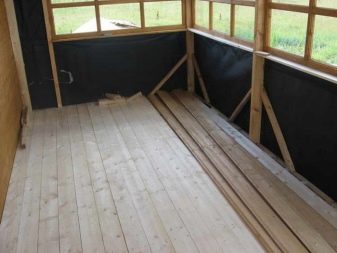
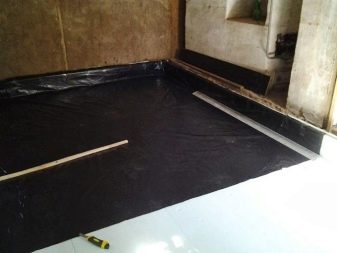
Peculiarities
Izospan S is distinguished by its two-layer structure. On the one hand, it is perfectly smooth, and on the other, it is presented with a rough surface in order to keep droplets of the resulting condensation. Izospan S is used as a vapor barrier to protect insulation and other elements from excessive saturation with liquid vapors of the interior of the room, insulated pitched roofs and ceilings. It is also used in the construction of flat roofs as a vapor barrier. When cement screeds are used, Izospan S is used as a waterproofing layer when installing floors on concrete, soil and other moisture-permeable substrates, when creating basement floors and in damp rooms.
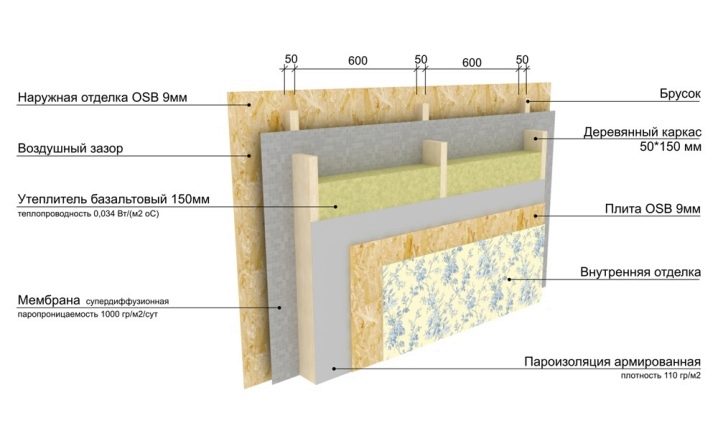
Advantages and disadvantages
Izospan S material is used to protect the insulation of industrial or residential buildings, while the height does not matter. It can be used to protect various types of insulation from moisture, such as mineral wool, industrial polystyrene, various polyurethane foam.
The advantages of the material are as follows:
- strength;
- reliability - even after installation, it is guaranteed to dry out;
- versatility - protects any insulation;

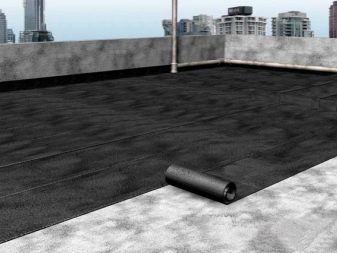
- environmental safety of the material, because it does not emit any chemistry;
- ease of installation;
- resistance to high temperatures, suitable for use in baths and saunas.
Due to its structure, Izospan S prevents the penetration of condensate into walls and insulation, protecting the structure from the formation of mold and mildew. Among the shortcomings, one can single out the rather tangible cost of Izospan S. But still it is worth noting that the excellent quality is worth it.

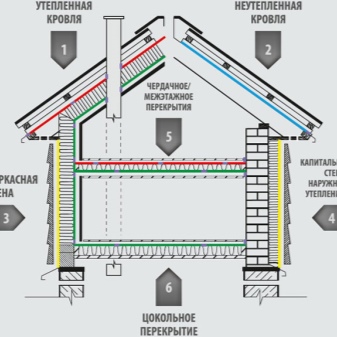
Instruments
For the installation of Izospan S, you will need the following tools and materials that need to be prepared in advance:
- vapor barrier film in an amount that corresponds to the surface area covered with the edge to overlap the canvas;
- stapler or flat rods for fixing this film;
- nails and hammer;
- high-quality assembly or metallized tape for processing all joints.
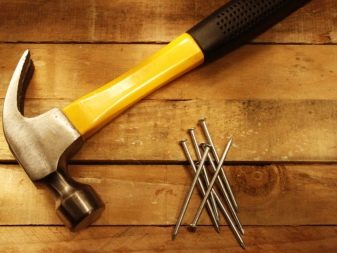
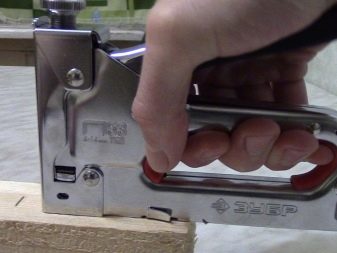
Mounting
Installation work on the installation of Izospan S should be carried out, adhering to the instructions of specialists.
- In pitched roofs, the material can be mounted directly to the wooden cover and to the metal sheathing. Installation can start without prior preparation. It is necessary to lay the upper rows of the material on the lower ones with an overlap of at least 15 centimeters. If the new layer is mounted horizontally as a continuation of the previous one, the overlap should be at least 20 centimeters. Before gluing Izospan S sheets, you should pay attention to the density of its joints directly with the roof.
- Izospan type with C marking can be used for insulated roofs, regardless of the material of its covering. The membrane is installed inside the structure and should fit as tightly as possible to the heater. There must be a ventilation gap of at least 4 centimeters between other materials and Izospan C. In rooms with high humidity, it is best to make this gap a few centimeters wider.
- On the attic ceiling, Izospan S is laid out on top of the heater across the beams. Installation is recommended using wooden rails or other fixing elements. If the insulation is made of clay or mineral wool, another layer of Izospan C vapor barrier should be applied directly to the rough floor.
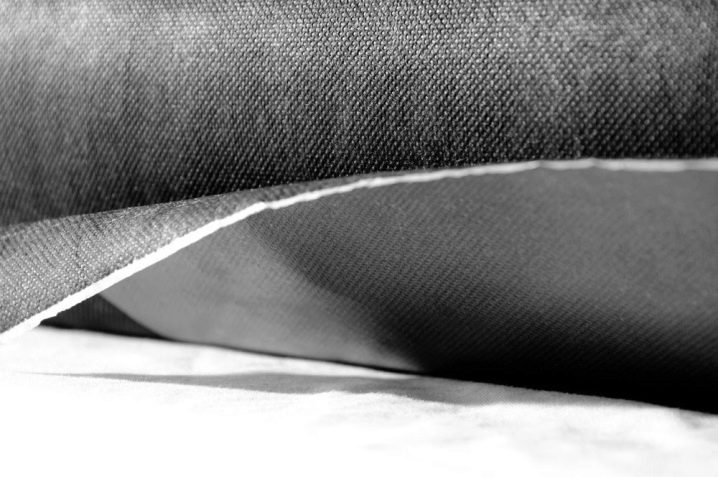
Insulated roof
Panels of this material must always be laid exactly on the slabs of the covering itself, as well as only on the crate. It is extremely important to know that the smooth side of this material must "look" only outward. The installation itself only starts from the bottom. It should be noted that the upper rows must necessarily overlap with the lower ones only with "overlap", which must be more than 15 cm.
If the canvas itself is mounted independently as a continuation of the previous layer, then the "overlap" must necessarily be more than 20 cm.
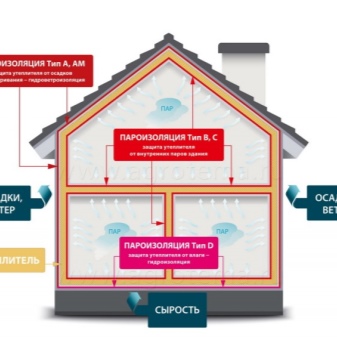
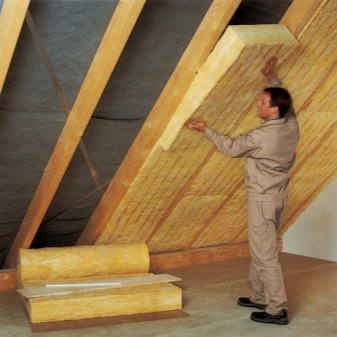
Installation of the attic floor
When used as the main layer of vapor barrier, this material is neatly laid over the insulation. This should be done with the smooth side down. The direction should only be through the main guides. Fastening is done directly with wooden racks, which today can be bought freely at any hardware store.
If expanded clay or ordinary mineral wool is used, this means that Izospan S must first be placed on the rough floor, always with its smooth side. After that, you can lay the insulation and add the main layer of Izospan.

Roof
Izospan S serves to create a vapor barrier layer regardless of the roof material. It protects the insulation from moisture and is mounted inside the structure. The material should adhere as much as possible to the main insulation layer. When installing all finishing materials on your own, there must certainly be a sufficient distance between them and Izospan C, at least 4 cm. This is the so-called ventilation gap. It is quite important to comply with this requirement in rooms with high humidity.
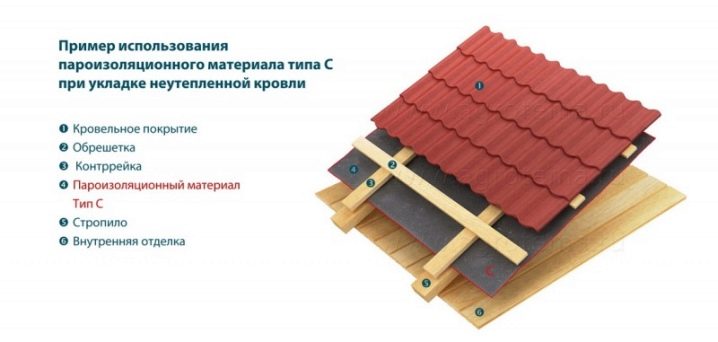
Concrete floor
Installation is made on a concrete surface with the smooth side down. Above is the screed, which is used for leveling. For high-quality leveling of any surface of the floor covering on top of Izospan S, it is advisable to make a small cement screed. In this case, it is necessary to take into account the technical characteristics of this material.
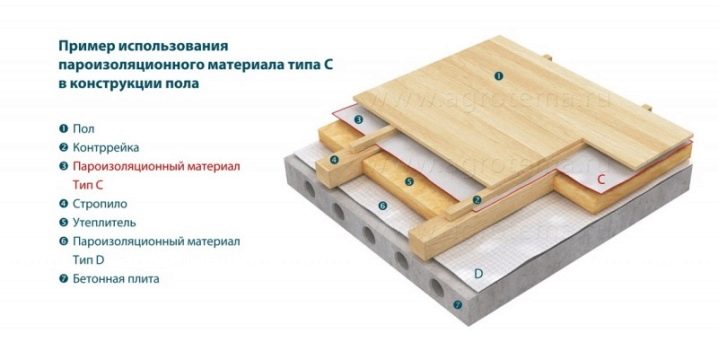
Recommendations for use
When working with Izospan C several recommendations of specialists should be adhered to.
- The quality of the insulation depends on the reliability of the joints between the materials. More attention should be paid to this issue. To securely seal them, Izospan FL tape is often used. The connecting points of the material and elements of the building structure are covered with Izospan SL tape. If this tape is not available, then you need to use a different material, having previously consulted with a construction specialist. After the completion of the necessary complex of work, it will be almost impossible to fix at least something, since these joints of materials will be inside.
- To fix the material, galvanized nails or a construction stapler are most often used. The choice is always yours.
- If the topcoat is cladding, then Izospan S is fixed with vertical wooden slats. It is advisable to treat them with antiseptic solutions. If the finish is made of ordinary drywall, then galvanized profiles are used. They need to be prepared in advance.
- When installing Izospan S, the smooth side must always face the insulating material, if used. This is a very important rule.
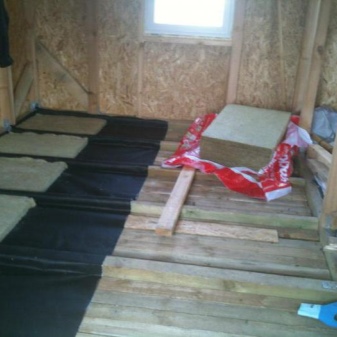
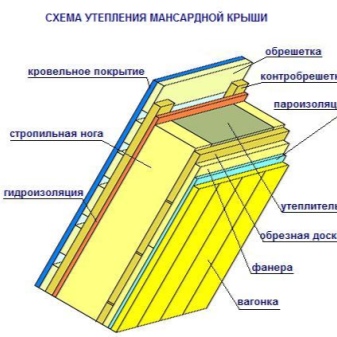
Reviews
Hydroprotection Izospan S generally has positive reviews. Many buyers note that in appearance this film does not stand out for its expressiveness, and it also cannot be purchased at an affordable price. But the first opinion is usually wrong. And if we consider the advantages of the material, then many change their opinion about the film in a positive direction.
This material perfectly protects many structures from moisture vapors and perfectly copes with its role as a heater. It can be used for both roof and floor. It is distinguished by its reliability, durability and excellent quality. This all makes it versatile for users, especially professional builders. It should be noted that this method of waterproofing protects kitchen furniture from harmful factors.



For information on how to use Izospan S, see the next video.













The comment was sent successfully.